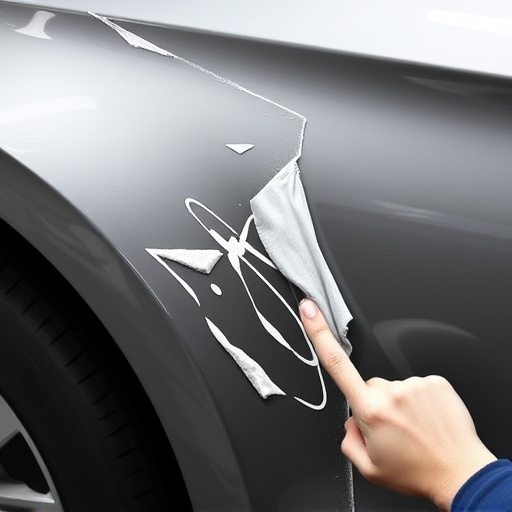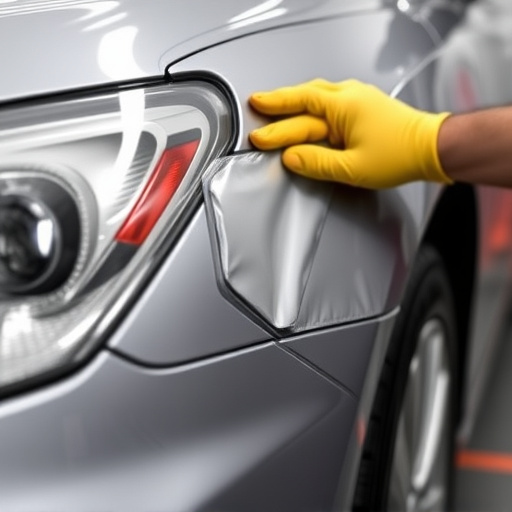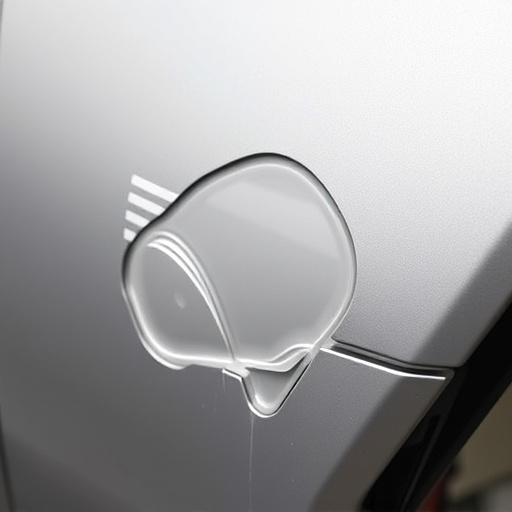Water-based auto paint dominates 2025 car repair market due to environmental benefits over solvent-based paints, reducing VOC emissions and toxic waste. Safer for workers, faster drying times, and cost-effectiveness make it a popular choice for professionals and individual car owners, aligning with stricter eco-regulations and consumer demand for sustainable solutions.
In 2025, the automotive industry continues to evolve, but one constant remains: the importance of water-based auto paint. This eco-friendly option isn’t just a trend; it offers significant advantages over traditional solutions. From reducing environmental impact and minimizing health risks for workers to delivering long-term cost savings for consumers, water-based paint is a game-changer. Discover why this sustainable choice matters now and into the future.
- Environmental Benefits: Reducing Eco-Footprint
- Health and Safety: A Safer Choice for Workers
- Cost-Effectiveness: Long-Term Savings for Consumers
Environmental Benefits: Reducing Eco-Footprint
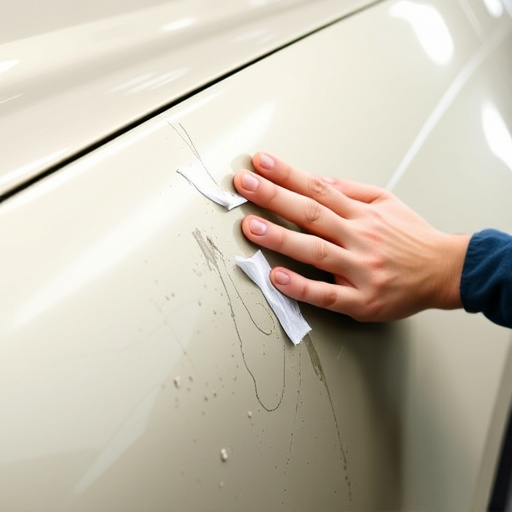
Water-based auto paint continues to be a sustainable choice for car collision repair and luxury vehicle repair in 2025 due to its significant environmental benefits. Unlike traditional solvent-based paints, water-based formulations produce fewer volatile organic compounds (VOCs), which are major contributors to air pollution. This reduced emissions makes water-based auto paint an eco-friendly option that helps decrease the overall ecological footprint of the automotive industry.
Furthermore, water-based paint is easier to manage and dispose of responsibly. The lack of hazardous solvents means safer handling during application and a less toxic waste stream after use. This not only minimizes risks for workers in collision repair shops but also contributes to a cleaner environment, especially when considering the significant number of car collisions that require repairs every year.
Health and Safety: A Safer Choice for Workers

Water-based auto paint offers significant advantages when it comes to health and safety for workers in the automotive industry. Traditional solvent-based paints contain volatile organic compounds (VOCs), which can be harmful to human health, causing respiratory issues and skin irritation. In contrast, water-based alternatives are more environmentally friendly and safer for those working with them. The reduced risk of exposure to toxic fumes makes it a preferable option for car bodyshops offering tire services and vehicle bodywork repairs.
By choosing water-based auto paint, workshops can ensure their workers have a healthier work environment. This is particularly important as employees spend long hours in close proximity to the paint during application. Moreover, these paints often dry faster, reducing the time workers need to be exposed to any potential fumes. This shift towards safer practices not only benefits employees but also aligns with evolving environmental regulations and consumer expectations for eco-conscious manufacturing processes, impacting various aspects of vehicle bodywork care.
Cost-Effectiveness: Long-Term Savings for Consumers
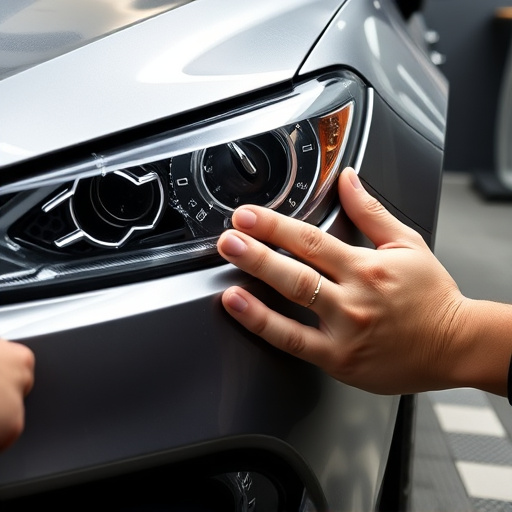
Water-based auto paint remains a compelling option for consumers in 2025 due to its cost-effectiveness and long-term savings. While traditional automotive paints may offer quicker application times, water-based alternatives are more budget-friendly, especially when considering the broader context of auto body repair. Over time, these eco-friendly paints can contribute significant savings without compromising quality or durability.
For instance, mercedes benz repair shops and other car bodywork specialists often opt for water-based paint due to its ease of use and reduced environmental impact. This not only minimizes waste but also lowers the cost of materials, making it a practical choice for both professionals and individual car owners looking for efficient and sustainable solutions in auto body repair.
Despite advancements in automotive finishes, water-based auto paint remains a significant choice in 2025. Its environmental benefits, superior health and safety profile, and cost-effectiveness continue to make it a sustainable option for both consumers and professionals alike. As the industry evolves, embracing eco-friendly practices like water-based technology will be crucial for a greener future.



